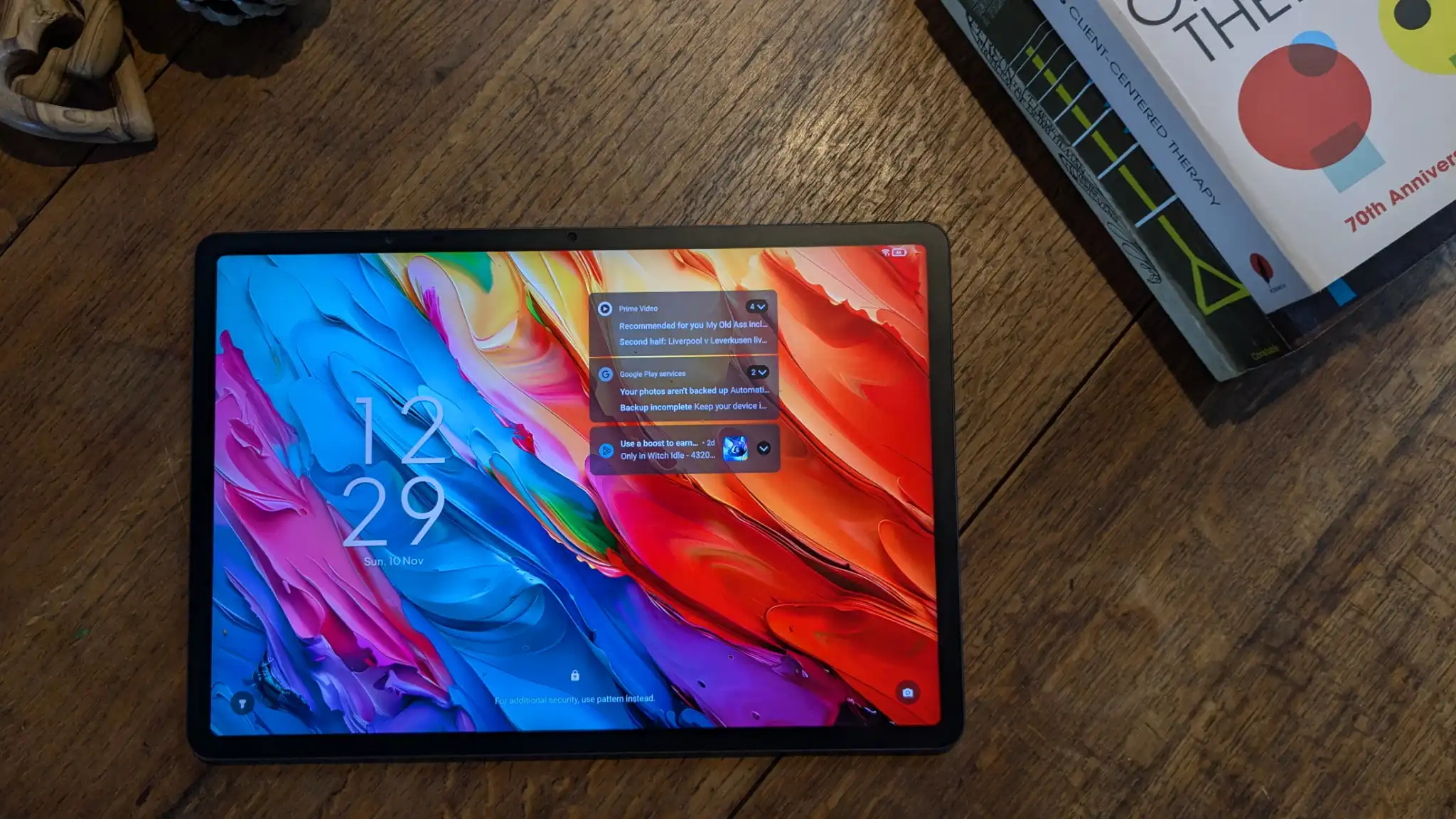A recent experiment showed what happens when a computer running Windows XP goes online today.
Hey, remember Windows XP? You know, the nostalgia-rich operating system from 2001 that’s fondly remembered by many, which was widely used around the world until support for it officially ended in 2014.
In fact, it was so beloved that people are still trying to get it running on ancient machines and the iconic Windows XP wallpaper is now even available in sweater form.
But some things are better left in the past. With almost a decade since its last real update, Windows XP is no longer safe or secure.
YouTuber Eric Parker wanted to see what happens when you go online with a Windows XP computer today. Apparently, nothing good. His system was infected with malware faster than you thought possible.
Malware even without visiting a website
Although Eric Parker’s video is already two months old, it’s currently making the rounds again due to its absurdity. After just a few minutes, Parker was able to detect malware on his computer—he caught a virus without even actively surfing the internet!
He smartly ran this experiment in a virtual machine, and that virtual machine was only connected to the internet sans router.
A short time later, a new administrator account was added remotely and granted control over the system. By the end of the experiment, Parker recorded eight instances of malware (including four Trojans).
Firewalls alone aren’t adequate protection
The reason behind this experiment? Eric Parker said that he was simply curious to see what would happen to a Windows XP PC.
The video wasn’t staged, but he decided to switch off the built-in Windows Firewall and go online without an intermediate router or virus protection, which increased his risks of catching malware.
However, Parker pointed out that even with Windows Firewall activated he likely wouldn’t have been adequately protected. He recommended that these kinds of self-conducted experiments should only be carried out in controlled environments, if at all.
The experiment clearly shows how quickly an unprotected system—especially one that has fallen behind on security updates and/or is no longer supported by developers—can be tracked down and infiltrated by attackers, even without you doing anything.




